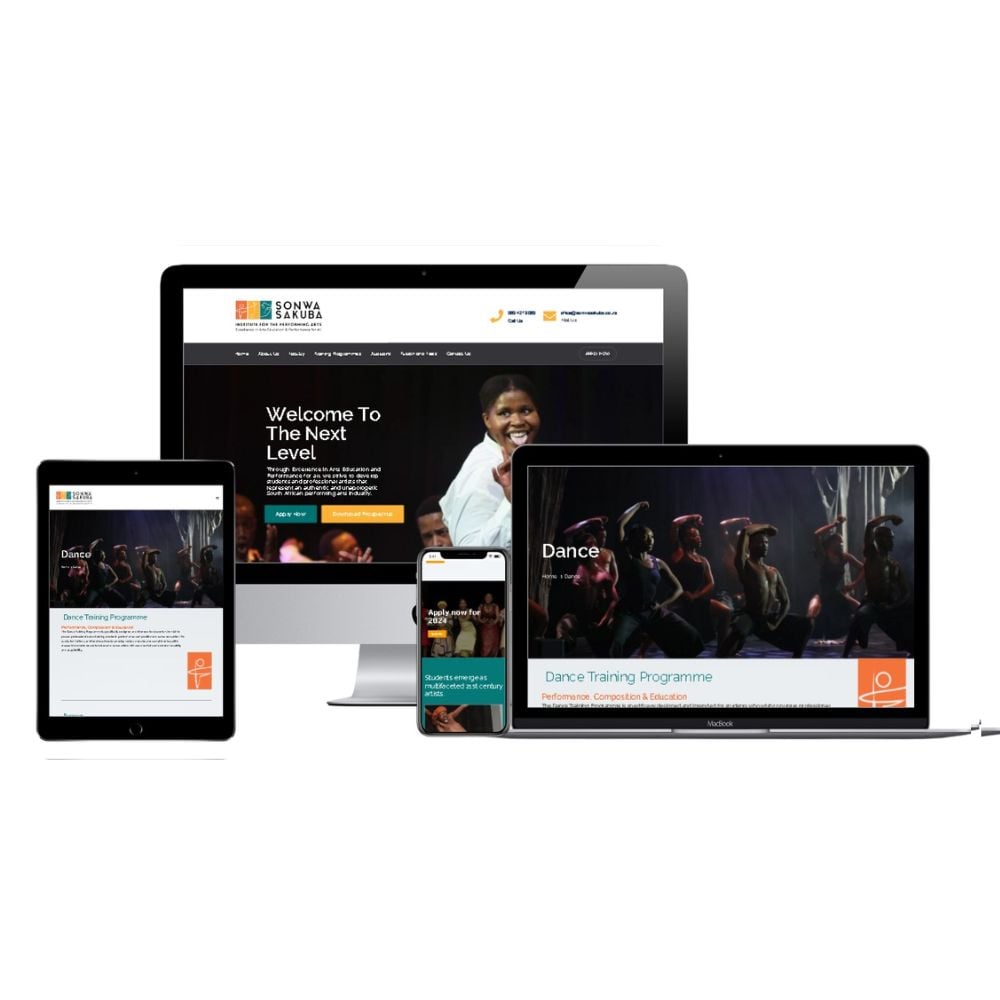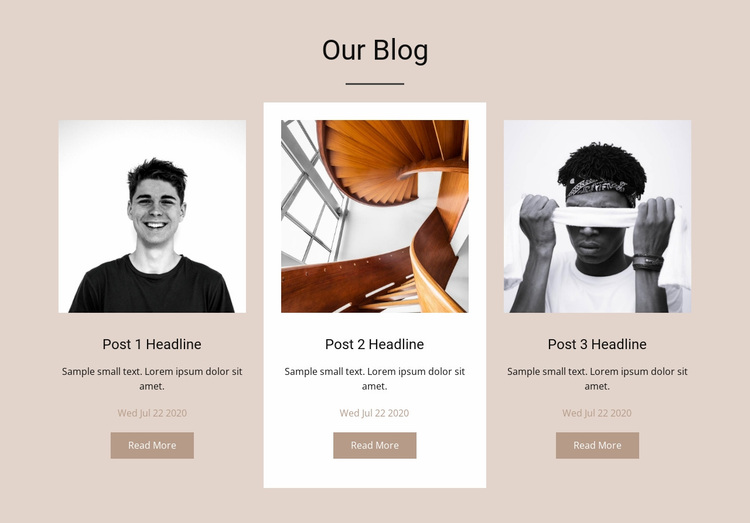How a Clean and Simple Website Design Can Enhance Your Site’s Usability
How a Clean and Simple Website Design Can Enhance Your Site’s Usability
Blog Article
The Ultimate Guide to Modern Site Design Trends
In the ever-evolving electronic landscape, modern-day internet site style trends play a critical duty in shaping user experience and involvement. From the surge of minimal style concepts that focus on simplicity to the effect of vibrant typography in defining brand identity, each element adds to a natural online presence.
Minimalist Style Principles
Minimalist layout principles highlight the idea that much less is more, advocating for simplicity and performance in visual communication. This technique strips away unneeded components, focusing rather on essential parts that communicate the designated message effectively. By prioritizing quality, minimalist layout improves customer experience, enabling visitors to navigate websites easily.
Core tenets of minimal layout include using enough white room, which produces a sense of balance and company. This unfavorable area not only routes the viewer's focus to crucial elements yet also promotes a soothing visual atmosphere. Additionally, a limited shade palette is frequently employed, utilizing soft tones or single systems to preserve visual communication and stop frustrating the customer.
Typography plays a critical role in minimalist style, where clear fonts are selected for their simpleness and performance in connecting web content. Graphics and photos are used moderately, guaranteeing that they serve a purpose as opposed to distract from the overall message. Eventually, minimal layout concepts cultivate a concentrated environment that encourages individuals to engage with the content, improving the total effectiveness of modern-day website design. This fad shows a growing appreciation for thoughtful, user-centric aesthetics in electronic spaces.
Strong Typography Choices
Welcoming vibrant typography options has actually become a specifying feature of modern internet site layout, as it effectively records attention and shares solid messaging. Designers are progressively making use of typography not just as a practical aspect yet as a crucial aesthetic component that boosts the general visual and user experience.

Furthermore, the juxtaposition of bold typography with minimal style principles permits for striking contrasts, enhancing readability while keeping visual appeal. Using whitespace around bold message further emphasizes its value, ensuring that the message reverberates with the audience.
As digital landscapes end up being extra competitive, leveraging strong typography makes it possible for brand names to differentiate themselves and leave a long-term impression. The mindful selection of fonts and their application can stimulate emotions, develop tone, and drive activity, making vibrant typography an indispensable tool in modern website design. Inevitably, it is an effective way to boost storytelling and ensure that vital messages are not just seen yet likewise really felt.
Mobile-first and responsive Style
Mobile-first and receptive design has actually emerged as a vital concept in contemporary site growth, mirroring the enhancing dependence on mobile gadgets for accessing online web content. As individual actions shifts in the direction of mobile surfing, designers have to prioritize visit the site producing experiences that adapt perfectly throughout numerous screen dimensions and resolutions.
A responsive style makes certain that a website instantly readjusts its design, pictures, and capability based on the tool being used. Mobile-first style advocates for establishing websites originally for smaller displays, subsequently scaling up to bigger display screens.
Implementing responsive and mobile-first principles not just accommodates individual preferences but additionally straightens with search engine optimization (SEO) techniques. Major online search engine, like Google, focus on mobile-friendly web sites in their positions, making it important for companies to adopt these design methods. In a competitive digital landscape, accepting mobile-first and responsive design is not just an option; it is important for making sure accessibility and engagement with a diverse target market.
Involving Microinteractions
Microinteractions play an essential role in enhancing individual involvement and overall internet site experience, particularly in the context of mobile-first and responsive design. These refined design elements give instant comments to users, making interactions a lot more pleasurable and user-friendly. Instances consist of switch animations, alert signals, and packing indicators, which not just guide customers yet also create a sense of link with the interface.
Integrating engaging microinteractions can significantly enhance functionality by reducing cognitive tons. When users get acoustic or visual comments upon performing actions, such as clicking a button check out this site or sending a click here to read form, they really feel extra positive in their choices. This promotes a smoother navigating experience, ultimately raising user retention.

As web site design patterns continue to develop, the value of microinteractions can not be overemphasized. They act as the subtle yet effective touchpoints that transform normal interactions right into extraordinary experiences, therefore boosting the total effectiveness of modern-day internet layout.
Sustainable Web Layout Practices
Sustainable website design techniques are coming to be significantly important as the digital landscape grows and environmental concerns increase. Designers and designers are identifying their obligation to produce internet sites that not only offer user demands but also lessen environmental influence. This strategy includes a number of crucial techniques.
First of all, optimizing energy usage is extremely important. Sites must be made to pack swiftly and successfully, which lowers web server power usage and enhances customer experience. Techniques such as picture compression, lessening HTTP demands, and using modern coding methods add substantially to this goal.
Second of all, selecting green hosting suppliers is critical - website design. Lots of hosting firms are now powered by renewable resource sources, enabling web sites to run in an extra lasting way. This selection mirrors a commitment to minimizing carbon impacts
Furthermore, embracing a minimal style can boost sustainability. Less elements on a page lead to less data transfer, which not only speeds up filling times but likewise preserves resources.
Lastly, advertising electronic availability makes certain that web sites get to a larger audience without unneeded bloat, straightening user experience with environmental obligation. By incorporating these lasting practices, internet developers can contribute positively to both user involvement and the planet's health.
Verdict
In summary, contemporary internet site design patterns highlight the assimilation of minimalist principles, bold typography, and receptive layout to boost individual experience. Adopting these trends is crucial for creating impactful digital experiences that resonate with users in an increasingly affordable on-line landscape.
In the ever-evolving digital landscape, modern web site style trends play an important duty in shaping individual experience and engagement. By prioritizing clearness, minimalist layout improves individual experience, allowing site visitors to navigate internet sites easily.
Ultimately, minimalist design principles cultivate a concentrated setting that encourages users to involve with the material, enhancing the overall efficiency of modern-day web site layout.Microinteractions play a pivotal function in enhancing user interaction and total web site experience, specifically in the context of responsive and mobile-first design.In recap, contemporary web site layout trends emphasize the assimilation of minimalist principles, bold typography, and responsive style to improve individual experience.
Report this page